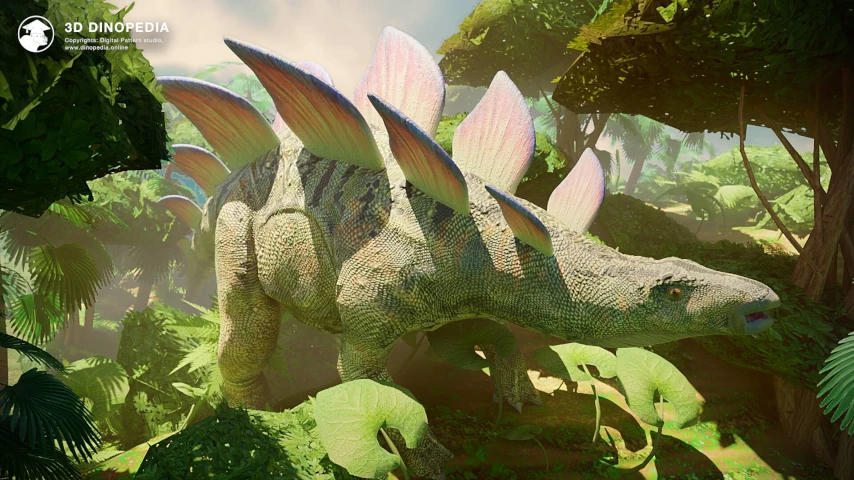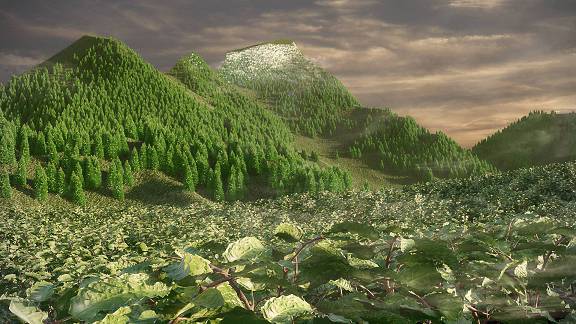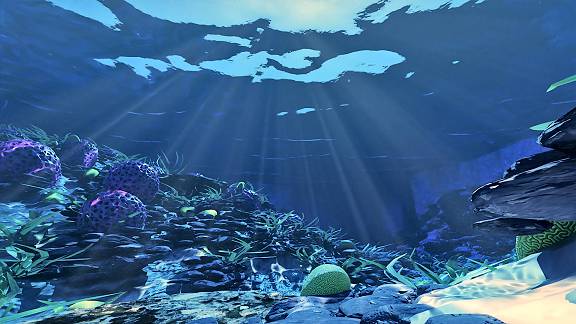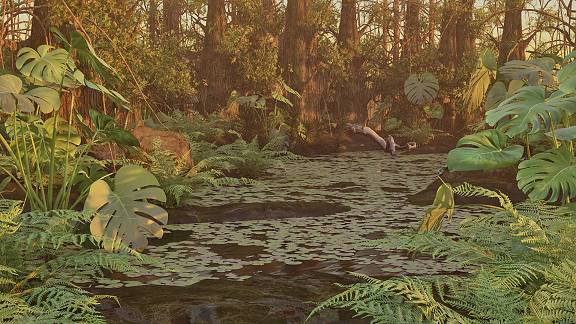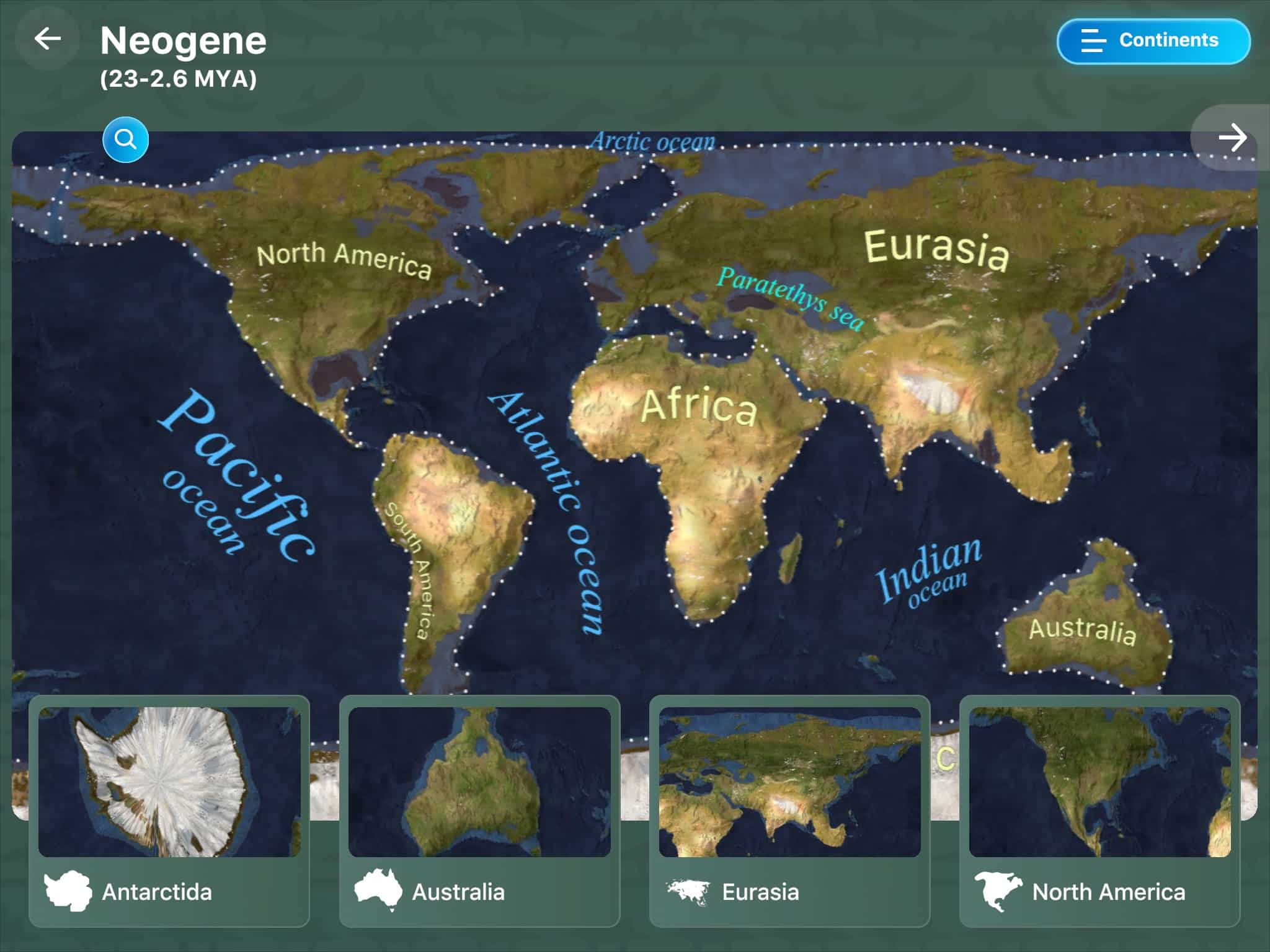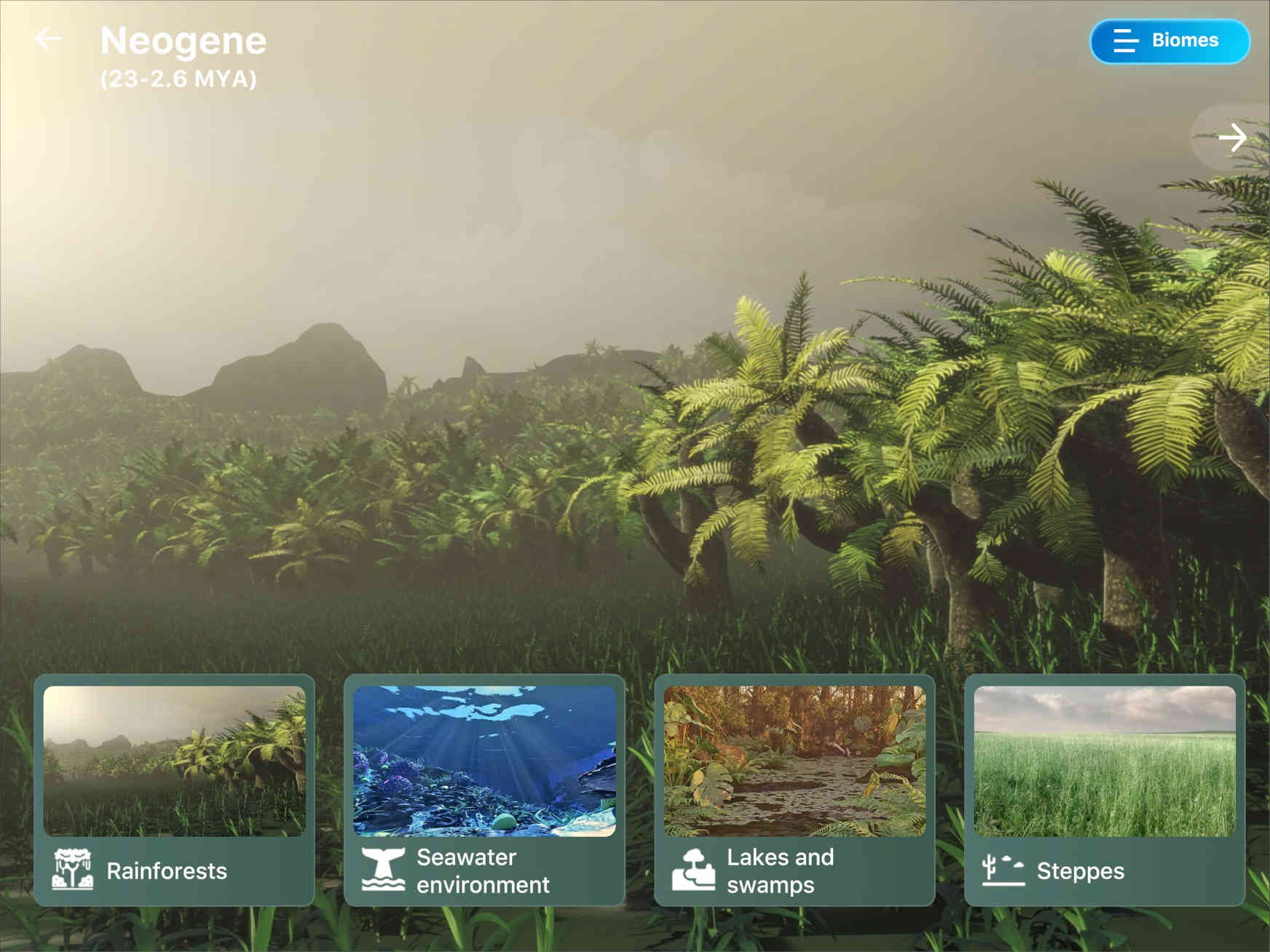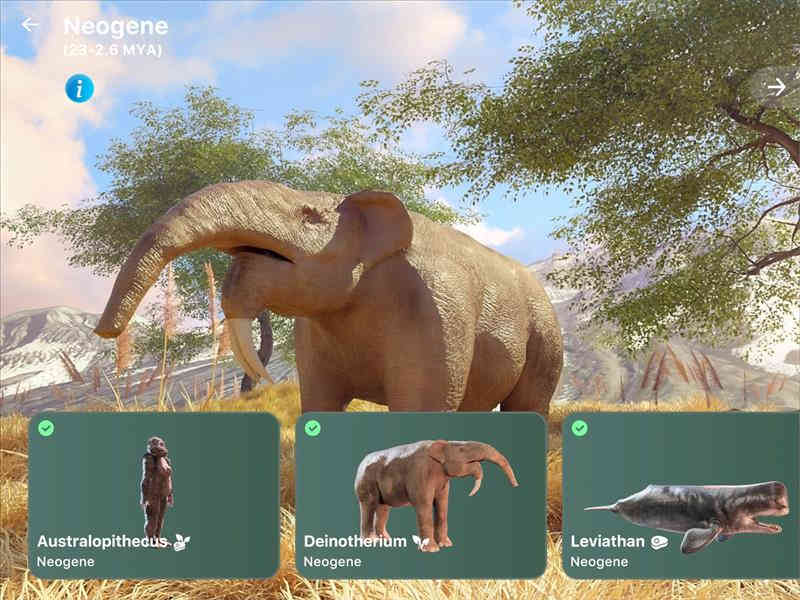Tropical and subtropical forests
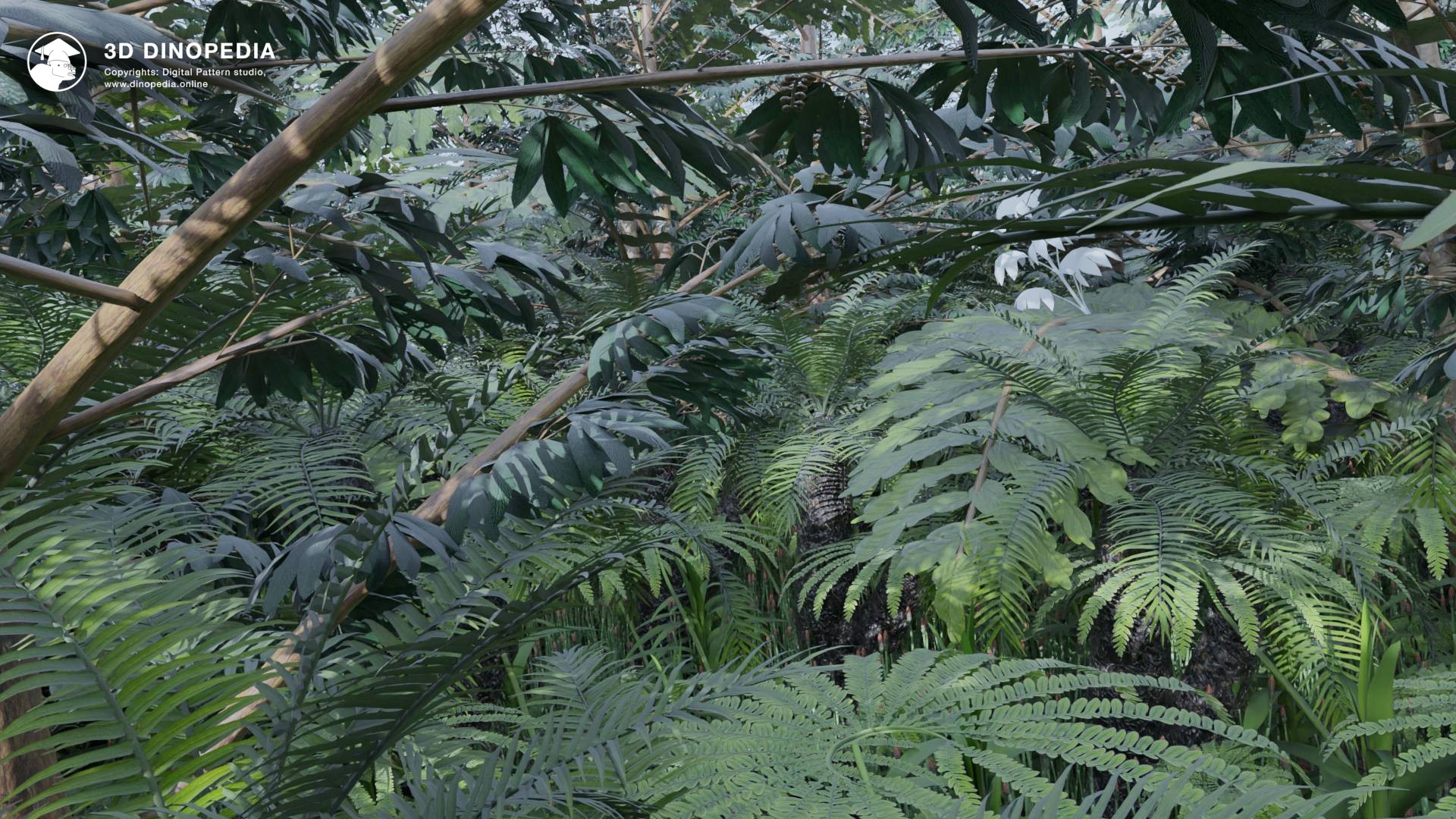
Tropical and subtropical forests, located in equatorial and near-equatorial latitudes, are exceptionally rich and diverse ecosystems. Driven by a consistently warm and humid climate, they are home to an incredible variety of plant life. This diverse flora is a remarkable feature of these forests, underlining their biological value and uniqueness.
Tropical and subtropical forests of the Mesozoic era were significantly different from modern rainforests. Ancient trees had smaller crowns and did not form a single canopy. Therefore, the forests were noticeably lighter, resembling contemporary sunny forests of the temperate zone rather than the dark jungles. There was no clear stratification - vegetation was mainly limited to large trees and grasses growing in the shade of powerful branches.
The tropical and subtropical forests of the Jurassic period generally resembled their Triassic predecessors. Ferns (spore-producing and seed-producing), such as Caytonia, and gymnosperm trees, stil...
Tropical and subtropical forests of the Mesozoic era were significantly different from modern rainforests. Ancient trees had smaller crowns and did not form a single canopy. Therefore, the forests were noticeably lighter, resembling contemporary sunny forests of the temperate zone rather than the dark jungles. There was no clear stratification - vegetation was mainly limited to large trees and grasses growing in the shade of powerful branches.
The tropical and subtropical forests of the Jurassic period generally resembled their Triassic predecessors. Ferns (spore-producing and seed-producing), such as Caytonia, and gymnosperm trees, stil...
 3D BIOMES
3D BIOMES
